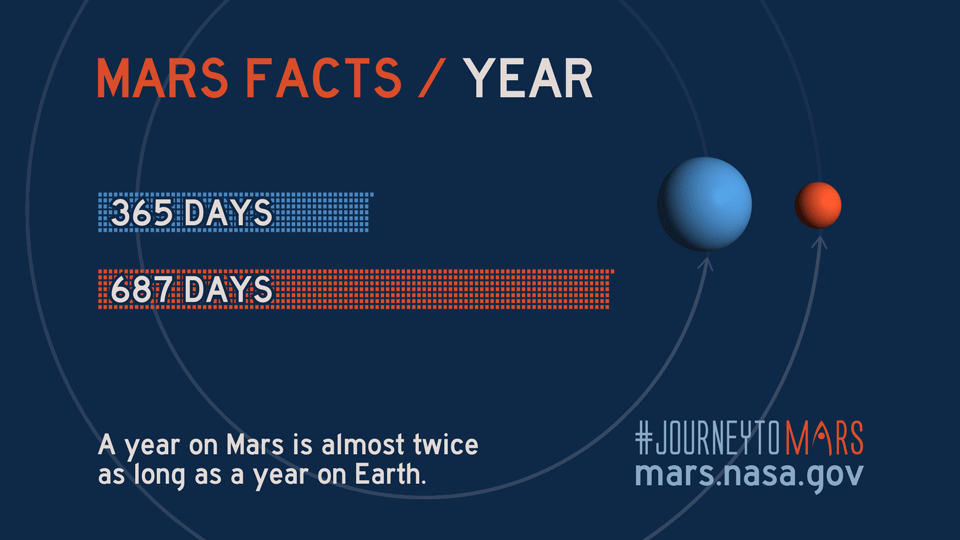Common Stock
by
Charles Lamson
Common Stock represents an ownership interest in a corporation. This ownership interest is also known as an equity interest.
This equity interest gives the owner certain rights concerning the activities of the corporation:
- A vote at annual meetings
- Periodic financial updates from the corporation
- A say in the election of the company's board of directors
Some major decisions about the life of the corporation, such as mergers and so on, are decided by stockholder votes. The board of directors that represents the stockholders' interests handles all other major decisions.
It is not quite that pure. Stockholder rights groups accuse many corporations of loading the board of directors with members whose loyalty may lie with management rather than the stockholders. A good example of what can happen in these situations occurred during the merger mania of the 1970s and 80s. Corporate leaders were given "golden parachutes" so that if the company was taken over by outside interests the executives would walk away with huge severance settlements.
A board of directors that was more sympathetic to management than shareholders might fight a merger that was good for the stockholders, but bad for management.
/Ares_Ludovisi_Altemps_Inv8602_n4-58c575925f9b58af5ccadc2e.jpg)
JUST A MINUTE
Most voting at annual meetings is done by mail, although, as a stockholder of even one share you are entitled to attend the annual meeting in person.
Some corporations with the approval of the board of directors, pay dividends. Dividends represent a share of the company's profit returned to the stockholders (owners). Other companies choose to invest profits back into the organization to finance growth.
Even though you own part of a corporation, you have no liability for the company's actions beyond the value of your stock.
PROCEED WITH CAUTION
Your liability is limited to the value of the stock, however, officers of the corporation may be held personally liable in some situations where they took actions that were illegal or knew of illegal activity within the company, but failed to do anything about it.
For example, if you own some stock in XYZ Corporation and read in the newspaper that they have been found guilty of hurting small puppies, your only potential loss is the value of your stock, which may drop to next to nothing, however, you are not going to be sued personally by puppy lovers.
This "liability shield" is the cornerstone of confidence in the stock market.
*SOURCE: ALPHA TEACH YOURSELF INVESTING IN 24 HOURS, 2000, KEN LITTLE, PGS. 51-52*
END
|










